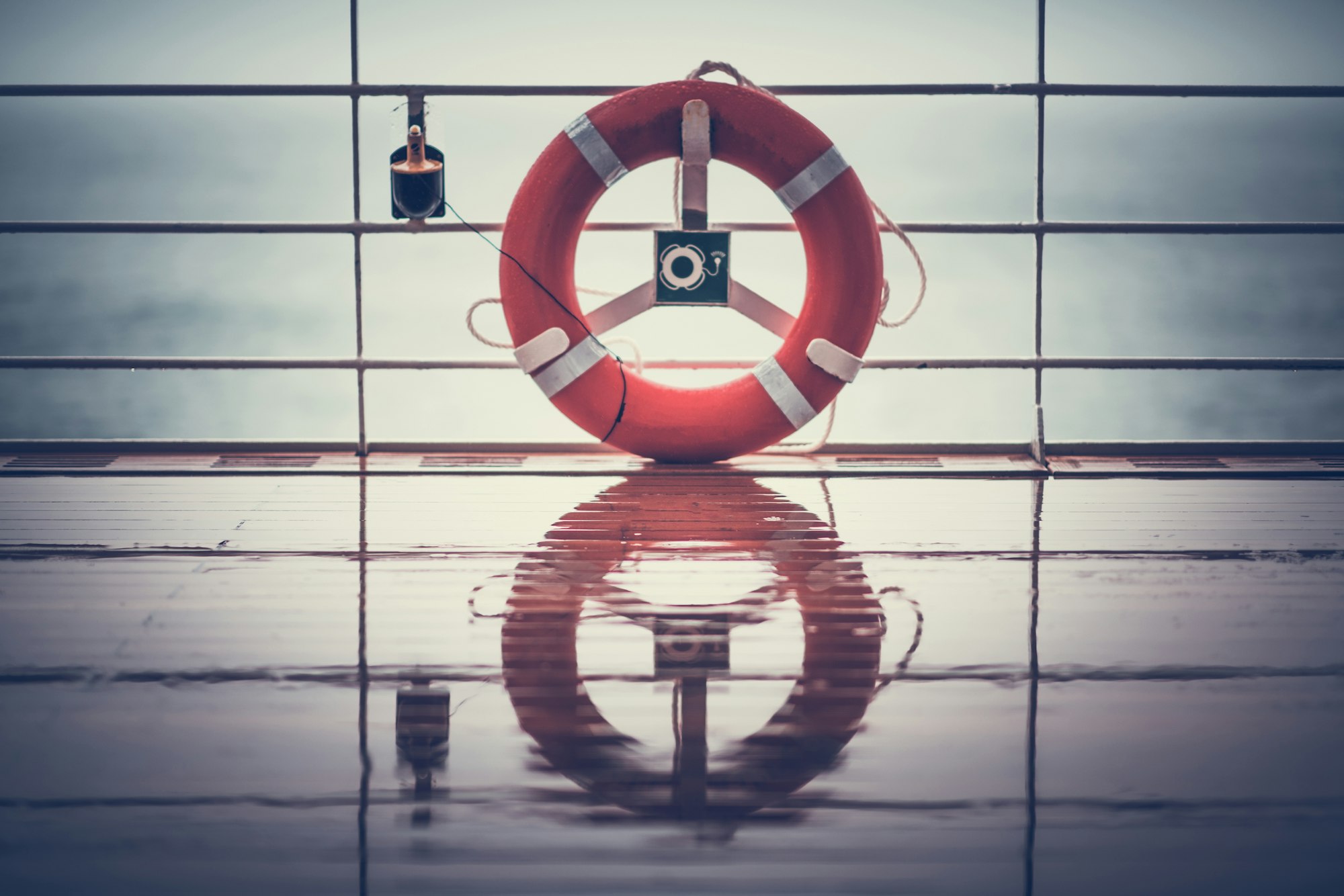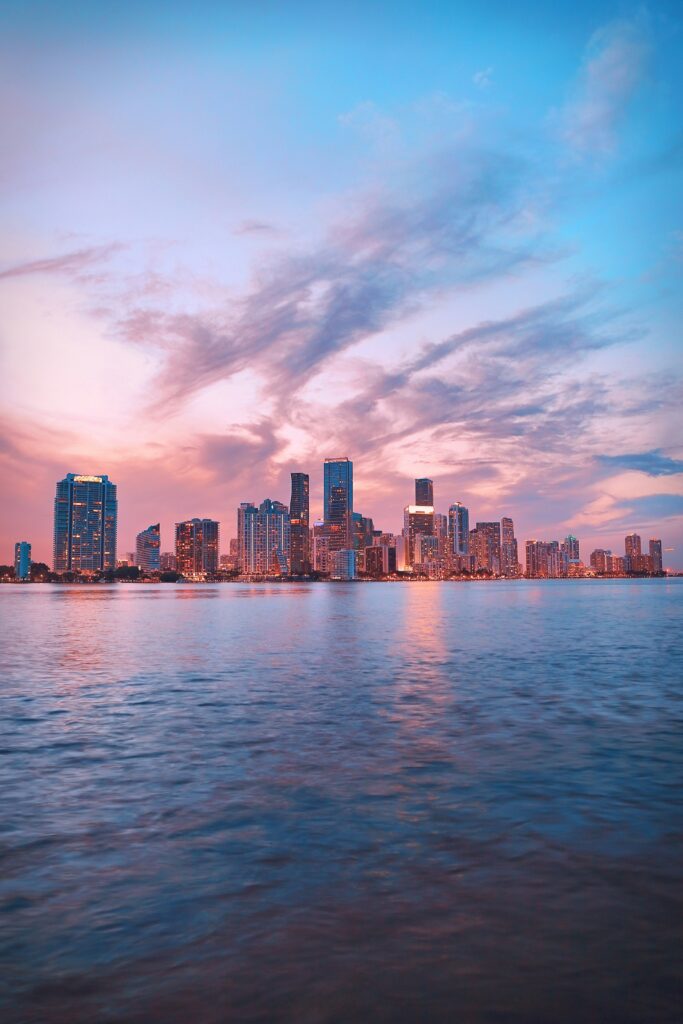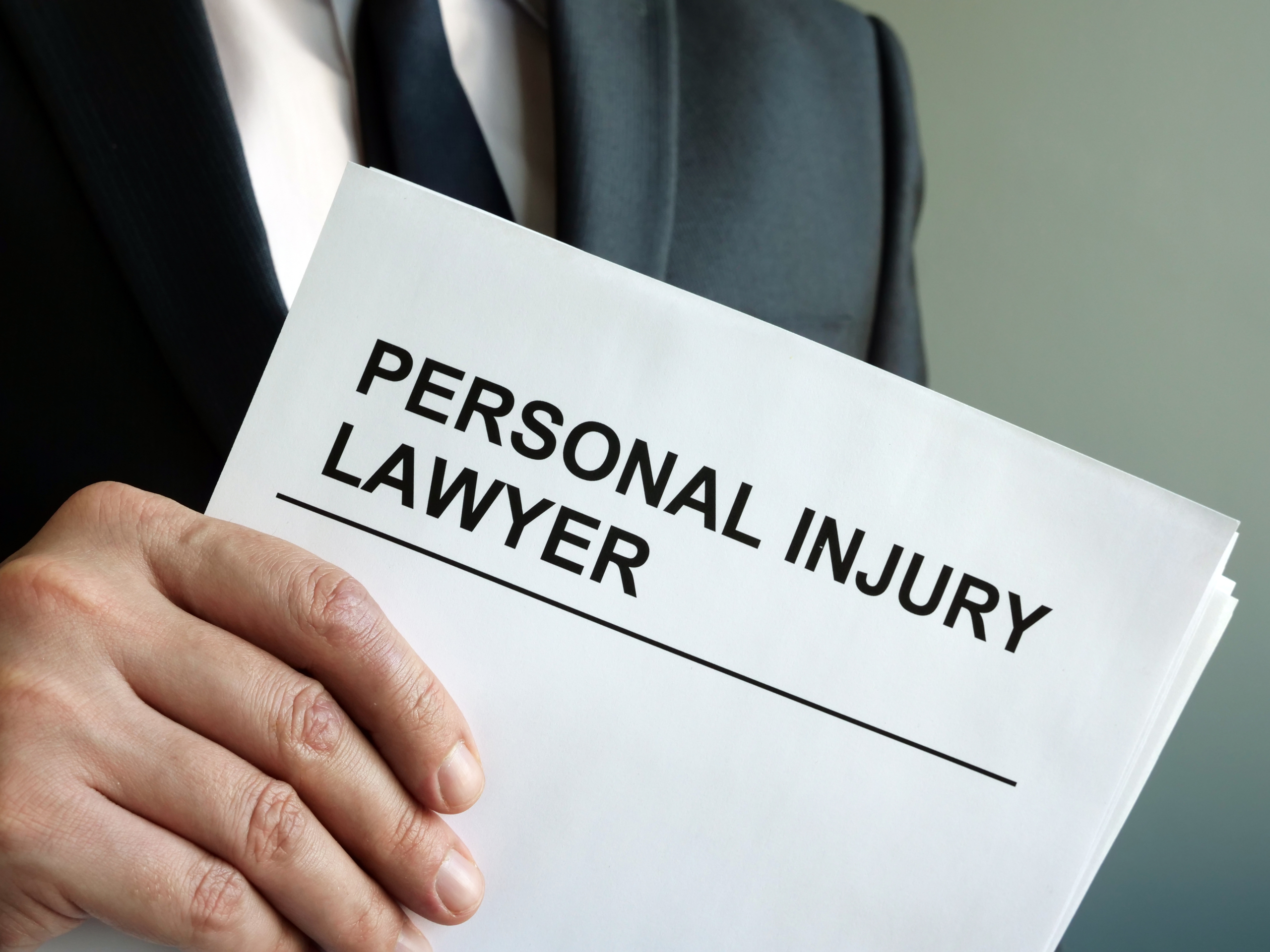Now Reading: When Vacation Turns Into a Nightmare: Cruise Ship Injury Lawyers Can Help
-
01
When Vacation Turns Into a Nightmare: Cruise Ship Injury Lawyers Can Help

When Vacation Turns Into a Nightmare: Cruise Ship Injury Lawyers Can Help
The allure of the blue lotus symbolizes the quintessential dream of an idyllic vacation—a vision that often compels many to embark upon cruise ship journeys, anticipating an escape filled with serenity and joy. These floating paradises promise a blend of luxurious relaxation, thrilling adventures, and cultural explorations, crafting the perfect backdrop for unforgettable memories.
However, beneath the glossy veneer of these maritime havens, hidden perils lurk, transforming what was meant to be a dream vacation into a distressing nightmare. In such instances, the expertise of cruise ship injury lawyers becomes invaluable, guiding victims through the turbulent waters of maritime law toward the shores of justice and compensation.
The Hidden Dangers on Board: A Closer Look at Common Cruise Ship Injuries
Cruise vacations, while synonymous with entertainment and luxury, mask potential hazards that can turn joyous moments into sources of pain and suffering. Among the most common incidents are slip and fall accidents, where the deck, wet from the pool or recent cleaning, becomes a perilous path for unsuspecting passengers. The consequences of these falls range from minor bruises to severe fractures or even traumatic brain injuries, casting a long shadow over the remainder of the vacation.
Foodborne illnesses, another silent marauder, can stealthily spread through the extensive buffets and dining halls that are hallmarks of the cruise experience. These illnesses can swiftly transform a culinary journey into a harrowing ordeal of discomfort and health risks, affecting not just individuals but potentially large groups of passengers.
Recreational activities, designed to sprinkle excitement into the vast expanses of leisure time at sea, can also veer into the realm of danger due to inadequate supervision or faulty equipment. Zip-lining, rock climbing, or even swimming pool incidents can escalate from thrilling to threatening in the blink of an eye.
Furthermore, the adventure extends beyond the confines of the ship during off-ship excursions. These outings, though enriching, introduce passengers to unfamiliar environments where the unpredictability of activities and the varying standards of safety can elevate the risk of injuries.
Navigating the Complex Currents of Maritime Law
Navigating the complex currents of maritime law is akin to charting a course through uncharted waters, where the distinct regulations and jurisdictional nuances of this specialized field create a formidable challenge for those seeking redress for injuries sustained on cruise ships. Unlike the more familiar terrain of land-based law, maritime law operates under a unique set of principles designed to govern the intricacies of nautical navigation and commerce.
This legal domain encompasses everything from personal injury and cargo disputes to the intricate laws of salvage and maritime contracts, making it a highly specialized field that demands a deep understanding of both international and domestic maritime legislation.
At the heart of many cruise ship injury claims is the principle of negligence—a concept that, while common to other areas of law, takes on unique characteristics in the maritime context. Victims face the daunting task of proving that the cruise line’s failure to adhere to the rigorous standards of maritime safety and due care directly resulted in their injury. This process is not merely about establishing fault but involves a detailed analysis of maritime practices, safety protocols, and the specific circumstances that led to the incident.
Compounding the complexity of these cases is the statute of limitations specific to maritime claims. Unlike general personal injury claims, maritime injuries are subject to a much narrower window for legal action, often requiring claims to be filed within one to three years from the date of injury. This limited timeframe underscores the critical importance of seeking prompt legal consultation to navigate the procedural and substantive hurdles of maritime litigation effectively. Understanding and adhering to these timelines is crucial, as failure to act within the statutory period can result in the permanent forfeiture of one’s right to seek compensation.
Moreover, the jurisdictional aspects of maritime law add another layer of complexity. Given that cruise ships often traverse international waters and dock in various countries, determining the appropriate legal venue and applicable laws can be a perplexing endeavor. This necessitates a legal professional with not only a mastery of maritime law but also an understanding of international legal principles and the ability to navigate the cross-jurisdictional challenges that frequently arise in cruise ship injury cases.
Charting the Course to Compensation: The Role of Cruise Ship Injury Lawyers
In the tumultuous aftermath of a cruise ship injury, specialized lawyers emerge as indispensable allies. With a profound command of maritime law and a seasoned approach to litigation, these legal professionals are uniquely equipped to steer victims through the complexities of their cases.
Their initial focus revolves around a thorough investigation, meticulously gathering evidence from surveillance footage, witness statements, medical reports, and other pertinent records. This foundational work is critical in constructing a compelling case against the cruise line, highlighting negligence and its consequences.
Negotiations with cruise lines—often formidable opponents backed by robust legal teams—demand a strategic blend of diplomacy and determination. Experienced attorneys that leverage their expertise to advocate for fair settlements, ensuring that victims receive the compensation they deserve for their physical, emotional, and financial hardships.
Immediate Actions and Long-Term Strategies: Responding to Injuries on Board
The immediate response to an injury on a cruise ship can significantly impact the outcome of potential legal actions. Documentation is paramount; victims should promptly report the incident to ship authorities and secure a copy of the report. Photographic evidence of the accident scene, alongside testimonies from witnesses, can fortify the case.
Seeking medical evaluation onboard, followed by comprehensive assessments upon returning to shore, is crucial for a detailed account of the injuries sustained. This medical documentation serves as a cornerstone for the legal claim, underscoring the severity of the incident.
The pivotal step, however, lies in enlisting the expertise of a cruise ship injury lawyer. These specialists provide invaluable guidance, from evaluating the viability of a claim to representing victims in negotiations or court proceedings.
Conclusion: Ensuring Smooth Sailing Ahead
The vision of a tranquil vacation, symbolized by the serene beauty of the blue lotus, should not be overshadowed by the potential perils of cruise ship travel. Awareness and preparation are key to navigating these waters safely. Travelers should prioritize safety, be informed by the realities of maritime risks, and arm themselves with knowledge about their legal rights and resources.
Should the unforeseen occur, the guidance of a seasoned cruise ship injury lawyer becomes the lighthouse guiding victims back to safety. Through their expertise, the journey from injury to compensation is demystified, offering solace and support in the quest for justice. In the vast expanse of the ocean, where the blue lotus once symbolized untainted dreams, informed and cautious navigation ensures that the beauty of the cruise experience remains untarnished by the shadows of potential nightmares.










